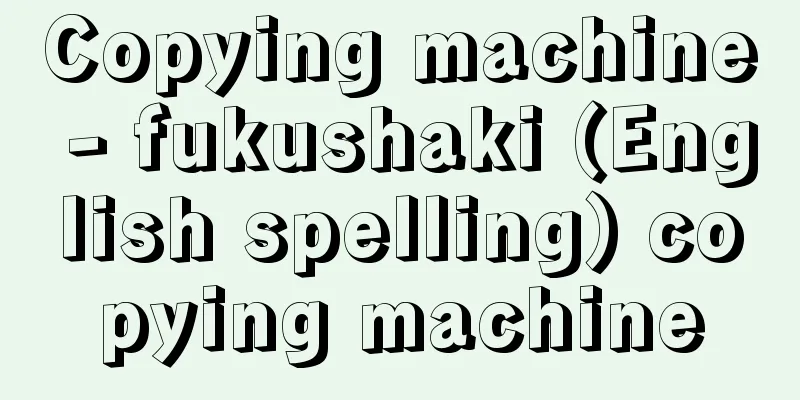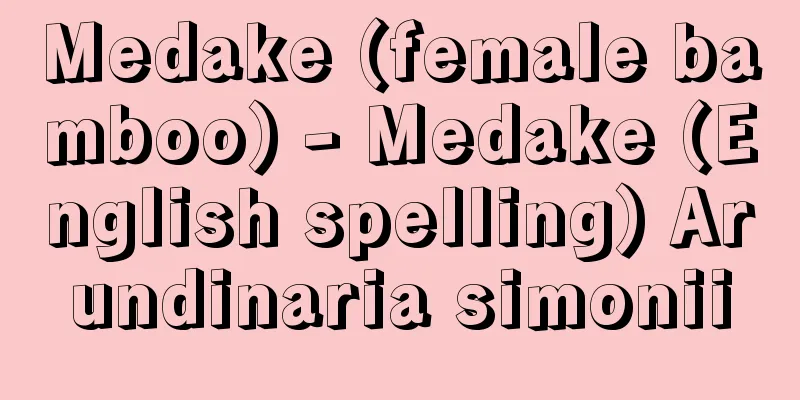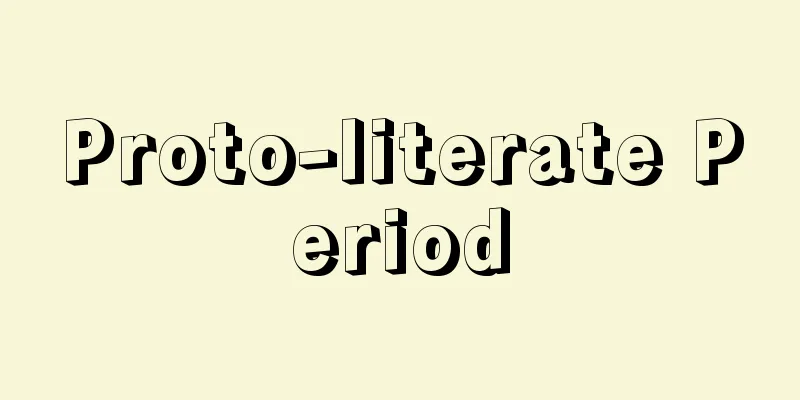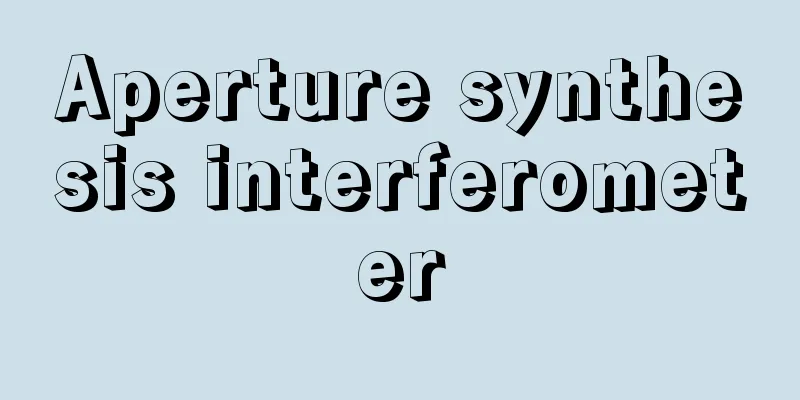Copying machine - fukushaki (English spelling) copying machine

|
A machine that reproduces documents, drawings, printed matter, photographs, etc. There are photochemical methods (such as diazocopy), electrostatic methods (electrophotography), and thermal methods. Diazo copiers are devices that make copies using the photolysis of diazo compounds, and were used for general copying from the late 1950s to the 1960s. From the late 1960s to the early 1970s, electrophotographic (direct) copiers using special photosensitive paper were used, and from the late 1970s, electrophotographic (indirect) copiers that copy onto plain paper came into use. The electrophotographic method uses the photoconductive phenomenon, in which electricity is generated when light hits something, and the static charging phenomenon, and there are two types: the direct method, in which an image is made directly on photosensitive paper, and the indirect method, in which an image is made onto plain paper. Note that this article will mainly discuss the electrophotographic copiers that have been in use since the late 1960s. [Kitamura Takashi] Electrophotographic (direct) methodThe electrophotographic (direct) method uses electrophotographic photosensitive paper, which has a photoconductive layer made of zinc oxide particles and resin applied to a base paper. After charging the photosensitive paper in a dark place, when it is irradiated with reflected light from an original document, the charge in the dark areas remains the same, but the charge in the light areas disappears due to the photoconductive phenomenon, forming a charge (electrostatic latent image) with the same pattern as the original. Next, when colored powder (toner) charged with the opposite polarity to the charge on the photosensitive paper is brought into contact with it, the powder is attracted to the electrostatic latent image, creating a visible image. This is then heated and fixed on the surface of the photosensitive paper to create a copy. [Kitamura Takashi] Electrophotographic (indirect) methodFrom the late 1970s, the indirect method of copying onto plain paper (PPC = plain paper copier) became popular, and a selenium photoconductor drum, an inorganic photoconductive material, was used as the photoconductor. The electrostatic latent image on the photoconductor drum was developed with toner, then transferred to plain paper and fixed, so the copy paper became as light as regular paper and easy to carry, and the demand for copying grew rapidly. Furthermore, from the 1980s, OPC photoconductors using organic photoconductive materials began to be used, and are now used in many copiers. [Kitamura Takashi] Analog copiers and digital copiersThere are two types of copiers: analog and digital. Analog copiers are structured as follows: a charging section that corona charges the photoconductor drum, an exposure section that uses a lens to irradiate the light reflected from the original, a developing section that brings the toner into contact with the electrostatic latent image, a transfer section that moves the toner to the paper, and a fixing section that fixes the toner. Digital copiers, on the other hand, differ from analog copiers in the structure of the exposure section, which converts the light reflected from the original into an electrical signal using a scanner, and exposes the photoconductor to light from a semiconductor laser that corresponds to the magnitude of the electrical signal while scanning it. [Kitamura Takashi] current situationElectrophotography generally produces good quality copies and is used in office copiers. Furthermore, maintenance is easy by replacing cartridges that combine the photoconductor and toner, so it has come to be used in homes as well. Usually, black toner is used to make black-and-white copies, but there are also color copiers that use cyan, yellow, magenta, and black toners to make color copies by overlaying four toner images on a single sheet of plain paper. Also, since the 2000s, digital multifunction machines (MFPs = multi-function printers) that combine the functions of a copier, printer, image scanner, fax machine, etc. have appeared and are now widely used. [Kitamura Takashi] "The Society of Electrophotography (ed.), "Fundamentals and Applications of Electrophotography" (1986, Corona Publishing)" ▽ "The Society of Electrophotography (ed.), "Further Fundamentals and Applications of Electrophotography" (1996, Corona Publishing)" ▽ "The Japan Society of Photographic Society and the Japan Society of Imaging Science Joint Publishing Committee (ed.), "Fine Imaging and Hardcopy" (1999, Corona Publishing)" ▽ "Digital Hardcopy Technology and Materials - The Latest Electrophotographic Technology and Its Materials" edited by Takahashi Kyosuke and Kitamura Takashi (1999, CMC)" ▽ "The Latest Technology of Toner and Toner Materials" edited by Mentani Makoto (2000, CMC)" ▽ "Electrophotography - Process and Simulation" edited by the Japan Society of Photographic Society and edited by Hirakura Koji and Kawamoto Hiroyuki (2008, Tokyo Denki University Press)" [Reference item] |Source: Shogakukan Encyclopedia Nipponica About Encyclopedia Nipponica Information | Legend |
|
文書、図面、印刷物および写真などをそのまま複写する装置。コピー機ともよばれる。複写する方法には、光化学的方法(ジアゾ複写など)、静電的方法(電子写真)、熱的方法などがある。 ジアゾ複写機はジアゾ化合物の光分解を利用して複写する装置で、一般的な複写用としては1950年代後半から1960年代まで用いられた。1960年代後半から1970年代前半にかけては専用の感光紙を用いる電子写真(直接)方式による複写機が用いられ、1970年代後半からは普通紙にコピーする電子写真(間接)方式が用いられるようになった。電子写真方式は、光が当たると電気が発生する光導電現象と静電気による帯電現象を利用したもので、感光紙上に直接画像をつくる直接法と、普通紙に画像をつくる間接法がある。なお、ここではおもに1960年代後半以降普及している電子写真方式の複写機について述べることとする。 [北村孝司] 電子写真(直接)方式電子写真(直接)方式では酸化亜鉛微粒子と樹脂から構成される光導電層を基紙上に塗布した電子写真感光紙を用いる。感光紙を暗所で帯電させた後、原稿からの反射光を照射すると暗部の帯電電荷はそのままであるが、明部は光導電現象により帯電電荷がなくなり、原稿と同様のパターンをもった帯電電荷(静電潜像)が形成される。次に感光紙上の帯電電荷と反対の極性に帯電した着色粉末(トナー)を接触させると、静電潜像上に粉末が吸着されて可視像ができる。これをそのまま感光紙面上に加熱定着して固定することによりコピーを作成する。 [北村孝司] 電子写真(間接)方式1970年代後半からは、普通紙にコピーする間接方式(PPC=plain paper copier)となり、感光体としては無機光導電材料のセレン感光体ドラムが用いられた。感光体ドラム上の静電潜像をトナーで現像したのち普通紙へ転写してから定着するので、コピー用紙は普通の紙と同じように軽く、持ち運びが容易になり、コピーの需要が急速に伸びた。さらに、1980年代から、有機光導電材料を用いたOPC感光体が使用されるようになり、多くの複写機に用いられるようになった。 [北村孝司] アナログ複写機・デジタル複写機複写機にはアナログ複写機とデジタル複写機がある。アナログ複写機の構造は、感光体ドラムをコロナ帯電する帯電部、原稿からの反射光をレンズを用いて照射する露光部、静電潜像にトナーを接触させる現像部、トナーを紙へ移動させる転写部、トナーを固着させる定着部から構成される。一方のデジタル複写機では、スキャナーで原稿からの反射光を電気信号に変換し、その電気信号の大きさに対応した半導体レーザーの光を走査しながら感光体へ露光する露光部の構造が、アナログ複写機と異なっている。 [北村孝司] 現状電子写真方式は一般に良質のコピーが得られ、事務用複写機として用いられている。さらに、感光体とトナーが一体化されたカートリッジを交換することにより保守が容易になり、家庭でも使用されるようになった。通常、黒トナーを用いた白黒コピーであるが、シアン、イエロー、マゼンタおよびブラックのトナーを用い、4回のトナー画像を1枚の普通紙上に重ねることによりカラーコピーを行うカラー複写機もある。また2000年代に入って以降、複写機、プリンター、イメージスキャナー、ファクシミリなどの機能が一つにまとめられたデジタル複合機(MFP=multi-function Printer)が登場し、広く使われるようになった。 [北村孝司] 『電子写真学会編『電子写真技術の基礎と応用』(1986・コロナ社)』▽『電子写真学会編『続電子写真技術の基礎と応用』(1996・コロナ社)』▽『日本写真学会・日本画像学会合同出版委員会編『ファインイメージングとハードコピー』(1999・コロナ社)』▽『高橋恭介・北村孝司監修『ディジタルハードコピー技術と材料――最新の電子写真技術とその材料』(1999・シーエムシー)』▽『面谷信監修『トナーおよびトナー材料の最新技術』(2000・シーエムシー)』▽『日本画像学会編、平倉浩治・川本広行監修『電子写真――プロセスとシミュレーション』(2008・東京電機大学出版局)』 [参照項目] |出典 小学館 日本大百科全書(ニッポニカ)日本大百科全書(ニッポニカ)について 情報 | 凡例 |
<<: Copying paper - Fukushishi
Recommend
Strawberry tongue - ichigojita
A condition in which the papillae of the tongue ar...
Kulin
…At that time, Croatia, Serbia, Hungary, and the ...
Pelamis platurus (English spelling)
...their form is adapted to marine life, with a s...
Bursa - Synovial fluid
…Therefore, in general, spindle muscles have a wi...
Betuzashiki - Betuzashiki
A collection of haiku poems. Compiled by Shisan. P...
Cosmetic surgery - Biyougeka
A medical department that adjusts the shape of the...
Gastrin
One of the representative gastrointestinal hormone...
Kami (Nepal) - Kami
... The Gurkhas are primarily Hindus who speak Ne...
Ministry of Palace Construction
An office outside the Ritsuryo system. The appoint...
Tamagusuku [Village] - Tamagusuku
A village in Shimajiri District, Okinawa Prefectur...
Wenseki - Wenseki
...Boundary marking devices similar to shimenawa ...
Sulidae
…A general term for birds of the family Sulidae i...
"Encouragement of Tendai Sect Annual Student Ceremony"
...Written by Saicho. It refers collectively to t...
Oidor - Oidor
…The first Audiencia was established in Santo Dom...
Phytoecdysone
...20-OH-ecdysone has been isolated and identifie...









